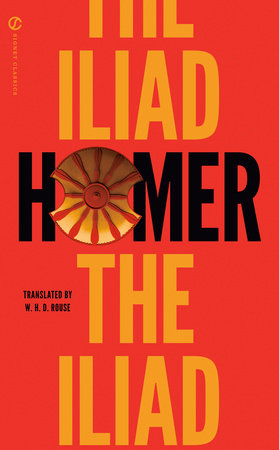Saturday, May 17, 2008, Turkoman Hotel, Istanbul
Last night we went on the obligatory people-watching pilgrimage to Taksim in what used to be the Genoese colony of Pera that is now the trendy nightlife district of Istanbul. We sat upstairs at Baraka, eating and listening to the house band for a couple of hours. I ended up consuming far too much salty feta in my cucumber and tomato salad.
We spent all day exploring the Topkapi as well as the Archaeology Museum. Exhausted now from the throngs of tourists and number of placards read. At Topkapi, I was struck by the man in tears, visibly moved by the displayed footprint cast in bronze of the Prophet. As my interest in religion deepens, I find myself becoming less tolerant of superstitious, and hence superficial, religious experiences. I think for most people, the reverse is true, so that at the end of life, only childish trinkets remain.
“Disappointing” is too meager a description of my visit to the Byzantine exhibit at the historical museum. So little to actually look at and study. Certainly, there must be more to the Byzantine collection housed in Istanbul, unless, of course, the legend is true that the splendor of Constantinople was indeed hauled off by the cartload as the vanquished disseminated the glory of the classical world across western Europe, sowing seeds of Renaissance throughout the continent. But a thousand years of Christian Byzantine rule should not be so easily erased. I guess it is good to be a conqueror so as to reshape history into one’s own image.
Case in point: reference to the Anatolian architectural consistency expressed in the city walls of Constantinople. Apparently, they were patterned after the fortified Hittite capital of Hattusa. But since neither the Hittites nor the Byzantines were Turks (or Muslims), we’ll reduce it all to a footnote in history. Or worse: to a blog entry by a mediocre hobbyist who doesn’t even believe in history.
Unfortunately, I can’t just dismiss this obvious absence to the Turks since even periodically throughout the Christian Greek empire, radical iconoclasm was official state policy. (And don’t even get me started on those damned European Catholics who plundered the city during the Fourth Crusade!)

